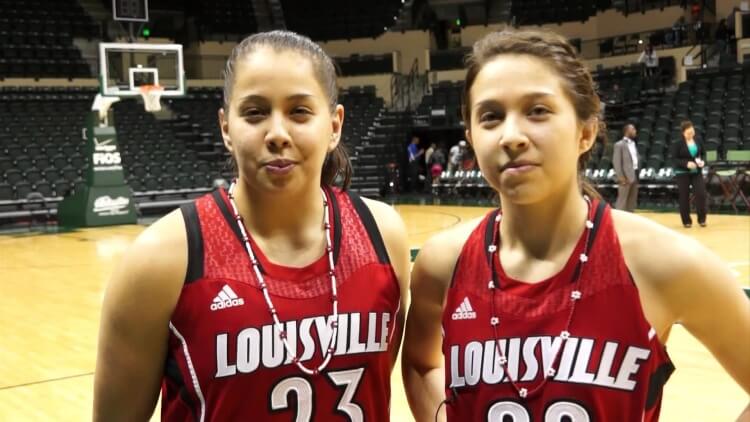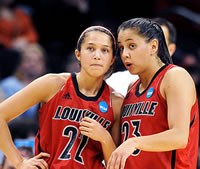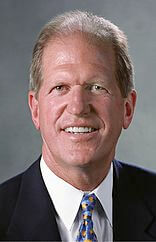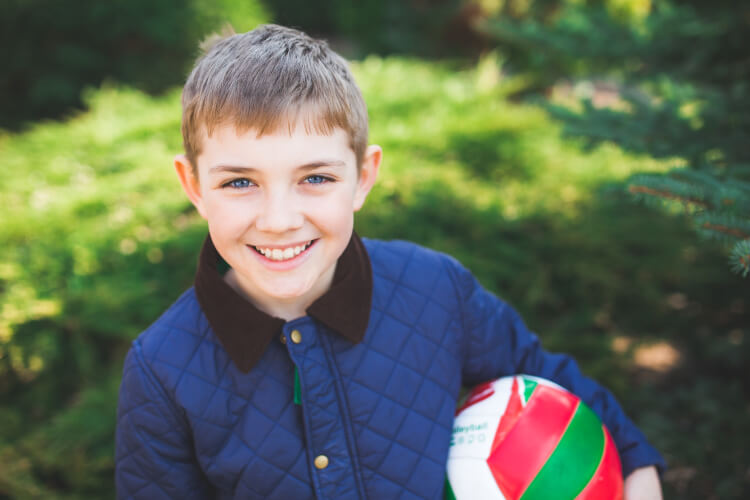In recent years, women of ethnic minority status have made huge strides in being recognized for their athletic endeavors. The speed and power of sprinter Wilma Rudolph and the high-flying sharp shooting of Cheryl Miller, paved the way for the dominating play of the William’s sisters, the acrobatic elegance of Gabby Douglas, and the powerful swing of Michelle Wie. However, as promising as these changes may be, one minority group in particular seems to have fallen by the wayside. While the media has increased its coverage of the successes of female athletes of ethnic minority status, Native American female athletes have consistently been ignored (King, 2005). Battling racism, sexism, and classism, they “have been silenced by being suppressed, excluded, and misrepresented at every level of social interaction and have been placed at the margins by the dominant culture in society and sport” (Smith, 1992, p. 229).

Although mainstream society is seldom exposed to the performance of Native Americans in sports, sports have played an important role in the evolution of Native American culture, influencing many phases of their lives (Oxendine, 1988). Basketball appears to have become one of the most popular sports (Cheska, 1984) and is interwoven into the fabric of Native American culture. Described as an “all-consuming passion” by some (NPR, 2003) and as a “drug” by others (Smith, 1991), the sound of a basketball bouncing has been likened to the beating of a warrior’s drum (Donahue, 1997). For years, Native American basketball tournaments have been immensely popular, allowing Native Americans to compete in the sport many years after their high school or college eligibility is over. In a fictional story, the author Welch questioned who the true inventor of basketball really was, implying that the game was modeled after the traditional Indian game of hoop and pole (Donahue, 1997).
 Today, Native American athletes continue to play and succeed in sports although their efforts are seldom recognized. Unfortunately, “athletic skills developed on American Indian land are often contained within its boundaries” (Selena, 2001, p. 1). What little media coverage Native American female athletes have received, has tended to focus on failures rather than highlight successes. With the absence of their stories and thus their voice, the media has perpetuated the belief that if Native American female athletes do exist, they must struggle to be successful. Unfortunately, this practice of primarily recognizing the negative stories, or providing no stories at all, has served to reinforce incorrect stereotypes that Native American female student-athletes are not or cannot be successful in mainstream sports (King, 2005).
Today, Native American athletes continue to play and succeed in sports although their efforts are seldom recognized. Unfortunately, “athletic skills developed on American Indian land are often contained within its boundaries” (Selena, 2001, p. 1). What little media coverage Native American female athletes have received, has tended to focus on failures rather than highlight successes. With the absence of their stories and thus their voice, the media has perpetuated the belief that if Native American female athletes do exist, they must struggle to be successful. Unfortunately, this practice of primarily recognizing the negative stories, or providing no stories at all, has served to reinforce incorrect stereotypes that Native American female student-athletes are not or cannot be successful in mainstream sports (King, 2005).


 Today, Native American athletes continue to play and succeed in sports although their efforts are seldom recognized. Unfortunately, “athletic skills developed on American Indian land are often contained within its boundaries” (Selena, 2001, p. 1). What little media coverage Native American female athletes have received, has tended to focus on failures rather than highlight successes. With the absence of their stories and thus their voice, the media has perpetuated the belief that if Native American female athletes do exist, they must struggle to be successful. Unfortunately, this practice of primarily recognizing the negative stories, or providing no stories at all, has served to reinforce incorrect stereotypes that Native American female student-athletes are not or cannot be successful in mainstream sports (King, 2005).
Today, Native American athletes continue to play and succeed in sports although their efforts are seldom recognized. Unfortunately, “athletic skills developed on American Indian land are often contained within its boundaries” (Selena, 2001, p. 1). What little media coverage Native American female athletes have received, has tended to focus on failures rather than highlight successes. With the absence of their stories and thus their voice, the media has perpetuated the belief that if Native American female athletes do exist, they must struggle to be successful. Unfortunately, this practice of primarily recognizing the negative stories, or providing no stories at all, has served to reinforce incorrect stereotypes that Native American female student-athletes are not or cannot be successful in mainstream sports (King, 2005).


